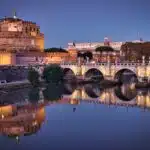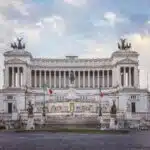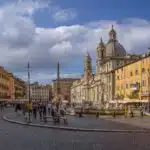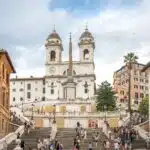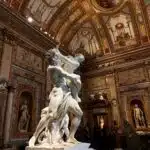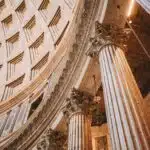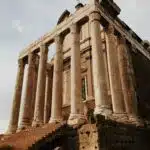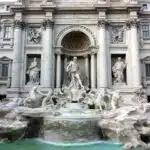The Colosseum, also known as the Flavian Amphitheatre, is one of the most iconic landmarks in Rome and one of the greatest works of Roman architecture and engineering. Completed in AD 80, it was used for gladiatorial contests, public spectacles, and historical reenactments. This massive structure could hold up to 80,000 spectators and remains a symbol of ancient Rome’s grandeur.
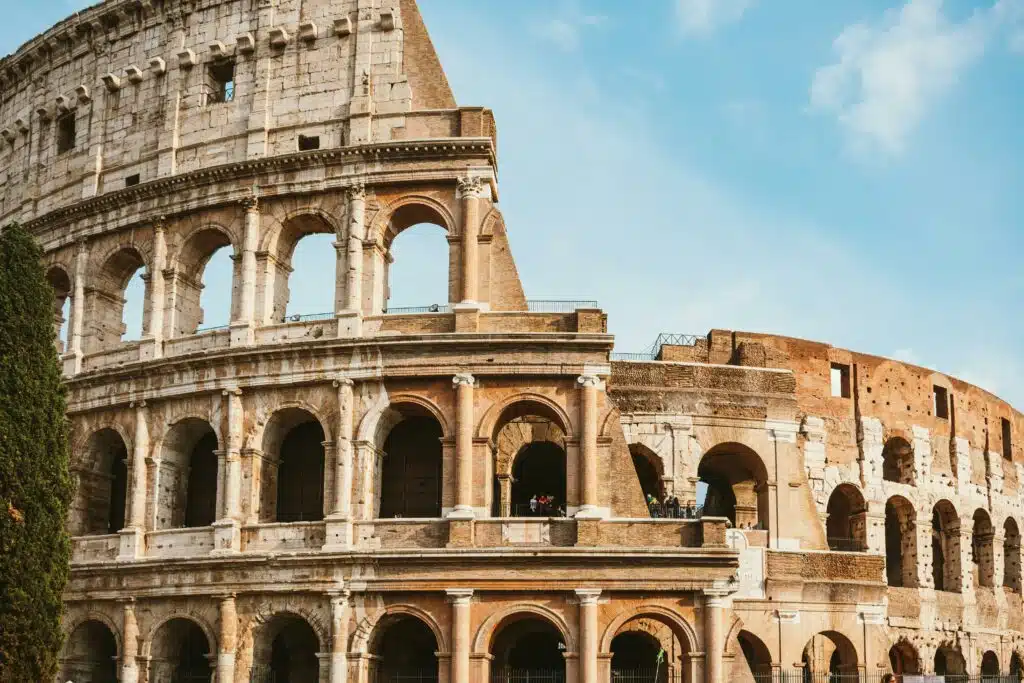
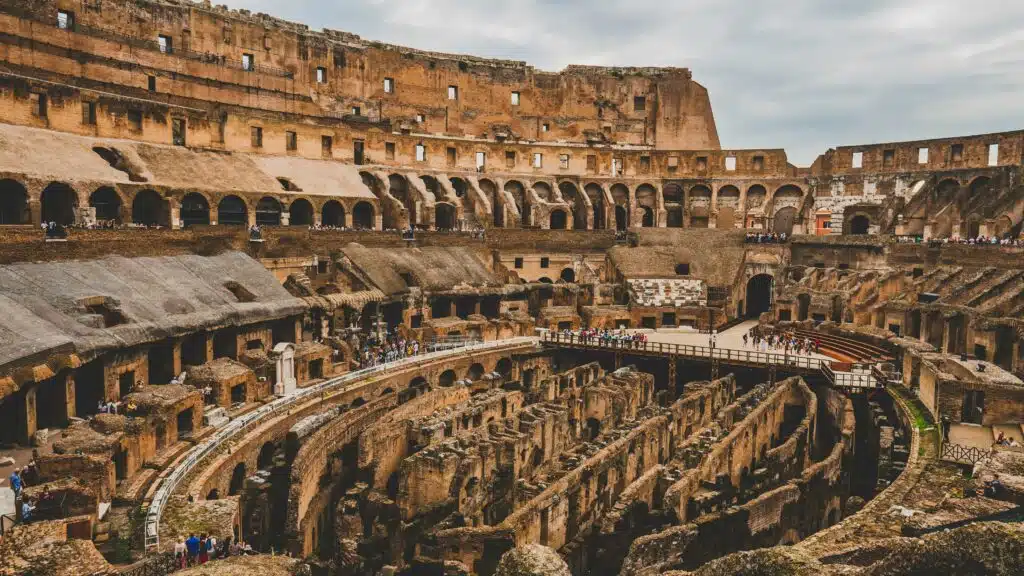
Top Things to See at the Colosseum
- The Arena Floor: Stand where gladiators once fought and imagine the epic battles that took place.
- Hypogeum: The underground network of tunnels and chambers where gladiators and animals were held before contests.
- The Upper Levels: Provides a comprehensive view of the Colosseum’s structure and the surrounding area, including the Roman Forum and Palatine Hill.
- Exhibitions: Various exhibitions around the Colosseum display artifacts, information about its construction, and the daily lives of those who frequented the amphitheater.
- The Arch of Constantine: Located just outside the Colosseum, this triumphal arch commemorates Constantine I’s victory at the Battle of Milvian Bridge.
How to Plan Your Colosseum Visit
- Buy Tickets in Advance: To avoid long queues, purchase tickets online ahead of time. Consider the combined ticket for the Colosseum, Roman Forum, and Palatine Hill.
- Guided Tours: Joining a guided tour can provide in-depth historical context and access to restricted areas like the Hypogeum and upper levels.
- Early or Late Visits: Visit early in the morning or late in the afternoon to avoid the peak crowds and heat.
- Dress Comfortably: Wear comfortable shoes as the visit involves a lot of walking, including uneven surfaces and stairs.
- Stay Hydrated: Bring water, especially during the hot summer months. There are water fountains inside the site.
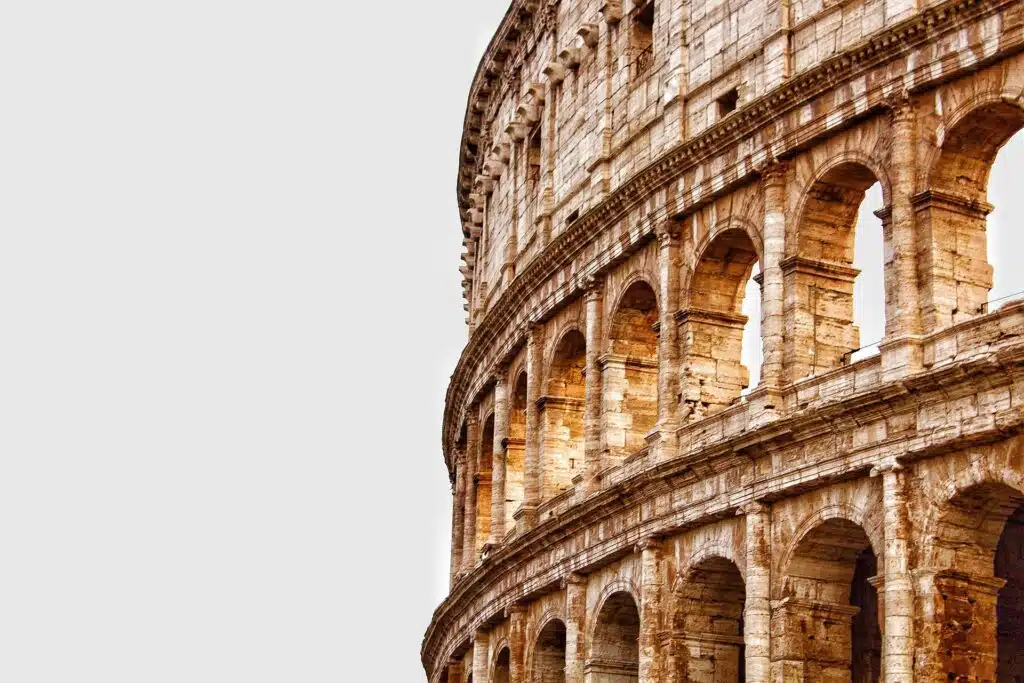
Interesting Facts
- Engineering Marvel: The Colosseum featured a retractable awning system, called the velarium, to protect spectators from the sun and rain.
- Symbolism: It is seen as a symbol of both the glory and brutality of the Roman Empire.
- Modern Use: Today, it is a major tourist attraction and also serves as a venue for concerts and public events.
Visiting the Colosseum offers a deep dive into the fascinating history of ancient Rome, providing insights into its social and cultural life while allowing visitors to marvel at the ingenuity of Roman engineering and architecture.


